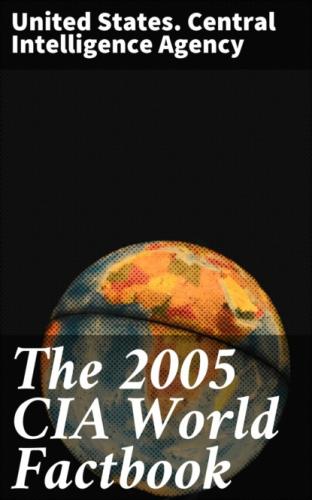Geography Algeria
Location:
Northern Africa, bordering the Mediterranean Sea, between Morocco
and Tunisia
Geographic coordinates:
28 00 N, 3 00 E
Map references:
Africa
Area:
total: 2,381,740 sq km
land: 2,381,740 sq km
water: 0 sq km
Area - comparative:
slightly less than 3.5 times the size of Texas
Land boundaries:
total: 6,343 km
border countries: Libya 982 km, Mali 1,376 km, Mauritania 463 km,
Morocco 1,559 km, Niger 956 km, Tunisia 965 km, Western Sahara 42 km
Coastline:
998 km
Maritime claims:
territorial sea: 12 nm
exclusive fishing zone: 32–52 nm
Climate:
arid to semiarid; mild, wet winters with hot, dry summers along
coast; drier with cold winters and hot summers on high plateau;
sirocco is a hot, dust/sand-laden wind especially common in summer
Terrain:
mostly high plateau and desert; some mountains; narrow,
discontinuous coastal plain
Elevation extremes:
lowest point: Chott Melrhir −40 m
highest point: Tahat 3,003 m
Natural resources:
petroleum, natural gas, iron ore, phosphates, uranium, lead, zinc
Land use: arable land: 3.22% permanent crops: 0.25% other: 96.53% (2001)
Irrigated land:
5,600 sq km (1998 est.)
Natural hazards:
mountainous areas subject to severe earthquakes; mudslides and
floods in rainy season
Environment - current issues:
soil erosion from overgrazing and other poor farming practices;
desertification; dumping of raw sewage, petroleum refining wastes,
and other industrial effluents is leading to the pollution of rivers
and coastal waters; Mediterranean Sea, in particular, becoming
polluted from oil wastes, soil erosion, and fertilizer runoff;
inadequate supplies of potable water
Environment - international agreements:
party to: Biodiversity, Climate Change, Climate Change-Kyoto
Protocol, Desertification, Endangered Species, Environmental
Modification, Hazardous Wastes, Law of the Sea, Ozone Layer
Protection, Ship Pollution, Wetlands
signed, but not ratified: none of the selected agreements
Geography - note:
second-largest country in Africa (after Sudan)
People Algeria
Population:
32,531,853 (July 2005 est.)
Age structure:
0–14 years: 29% (male 4,811,086/female 4,626,271)
15–64 years: 66.3% (male 10,861,862/female 10,701,459)
65 years and over: 4.7% (male 719,460/female 811,715) (2005 est.)
Median age:
total: 24.36 years
male: 24.18 years
female: 24.53 years (2005 est.)
Population growth rate:
1.22% (2005 est.)
Birth rate:
17.13 births/1,000 population (2005 est.)
Death rate:
4.6 deaths/1,000 population (2005 est.)
Net migration rate:
−0.37 migrant(s)/1,000 population (2005 est.)
Sex ratio:
at birth: 1.05 male(s)/female
under 15 years: 1.04 male(s)/female
15–64 years: 1.02 male(s)/female
65 years and over: 0.89 male(s)/female
total population: 1.02 male(s)/female (2005 est.)
Infant mortality rate:
total: 31 deaths/1,000 live births
male: 34.83 deaths/1,000 live births
female: 26.98 deaths/1,000 live births (2005 est.)
Life expectancy at birth:
total population: 73 years
male: 71.45 years
female: 74.63 years (2005 est.)
Total fertility rate:
1.92 children born/woman (2005 est.)
HIV/AIDS - adult prevalence rate:
0.1% ; note - no country specific models provided (2001 est.)
HIV/AIDS - people living with HIV/AIDS:
9,100 (2003 est.)
HIV/AIDS - deaths:
less than 500 (2003 est.)
Major infectious diseases:
degree of risk: intermediate
food or waterborne diseases: bacterial diarrhea, hepatitis A, and
typhoid fever
vectorborne disease: cutaneous leishmaniasis is a high risk in some
locations (2004)
Nationality:
noun: Algerian(s)
adjective: Algerian
Ethnic groups:
Arab-Berber 99%, European less than 1%
note: almost all Algerians are Berber in origin, not Arab;
